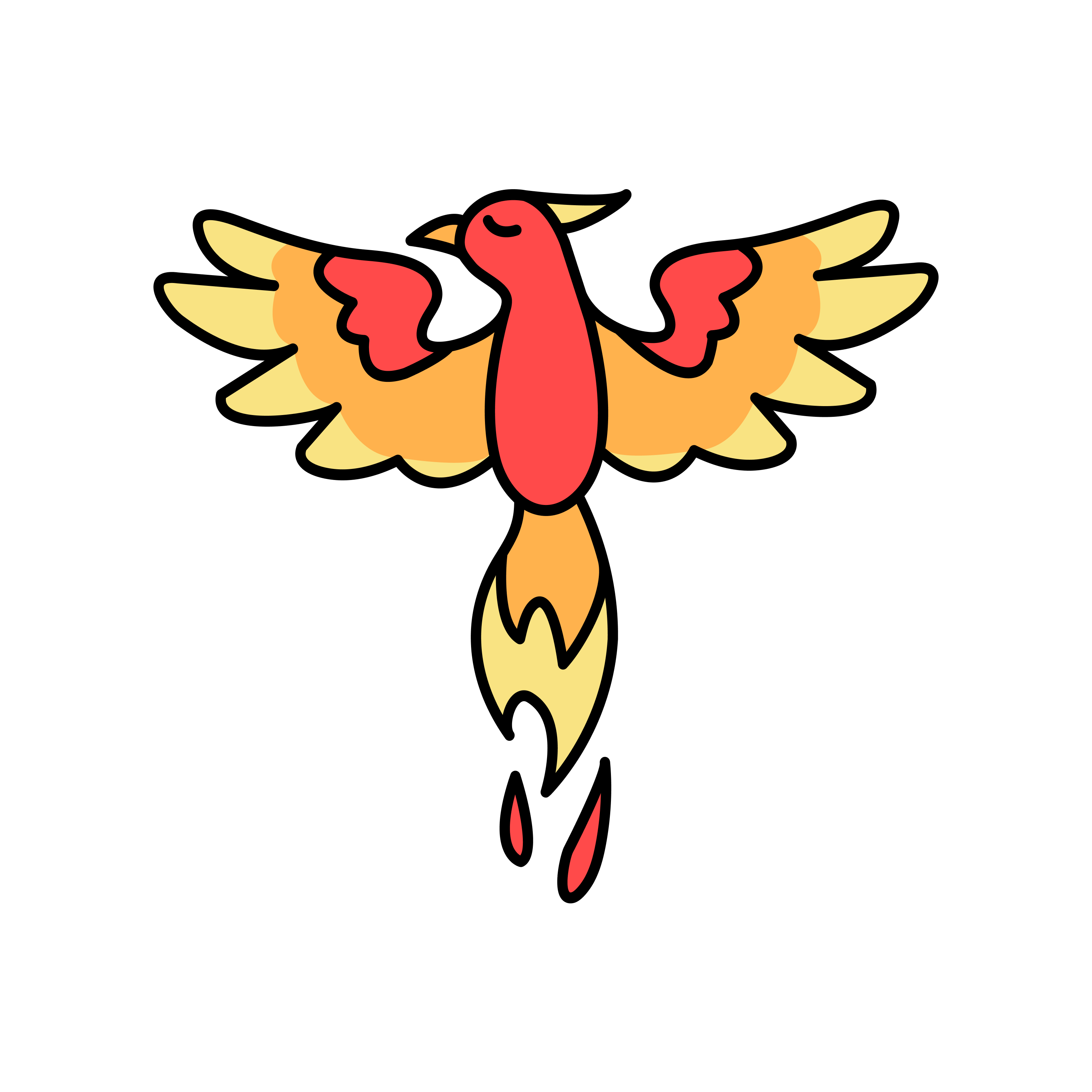Team Organization
Charter & Product Mission
Extra detail that supports our Team Organization page-notes.
“Phoenix Force commits to delivering a field-realistic, resilient embedded prototype that detects early wildfire-relevant cues, communicates reliably without public networks, and presents actionable alerts through a glove-friendly interface. We will hold ourselves to measurable engineering standards (latency, accuracy, reliability), document defensible trade-offs, and produce a portfolio-grade package that advances our skills and employability while demonstrating meaningful impact beyond the classroom.”
Context (How we own this)
In a rapid kickoff, each teammate shared personal goals (learning, impact, execution discipline, career growth). We clustered them, dot-voted, and pressure-tested the top outcomes against course constraints and our assumed product (rugged, embedded wildfire assistant). We translated those into measurable targets (≤1 s alert latency, 99% message delivery on an internet-optional link, >95% lab detection accuracy) and mapped ownership to the four pillars: communication, HMI, sensing/actuation, and systems/test.
We set a clear Definition of Done (clean build from clone, test results logged, wiring/enclosure updated, 60-second demo clip) and agreed to review this charter at milestones. Changes require team consent to keep scope, quality, and velocity aligned.
“Design a rugged, low-friction wildfire-response assistant that senses early, alerts clearly, and connects reliably-without relying on public networks-so crews can make faster, safer decisions in the field.”
Context (Why this mission)
We chose this mission because it compresses the time from hazard to action while reflecting the realities of field work: gloves, bright sun, dust, and unreliable connectivity. It maximizes embedded-systems learning while keeping scope feasible for EGR 314.
The mission ties directly to our demo criteria and test plans: ≤3 actions for core tasks, glove-friendly HMI, repeatable latency and reliability tests, and a communication path that works even when public networks don't.
We ran a short workshop: brainstorm → cluster → vote → draft → refine. Concerns became risks with owners; roles were aligned to strengths and availability. With that, we finalized the charter and mission as shared commitments-not just statements.
